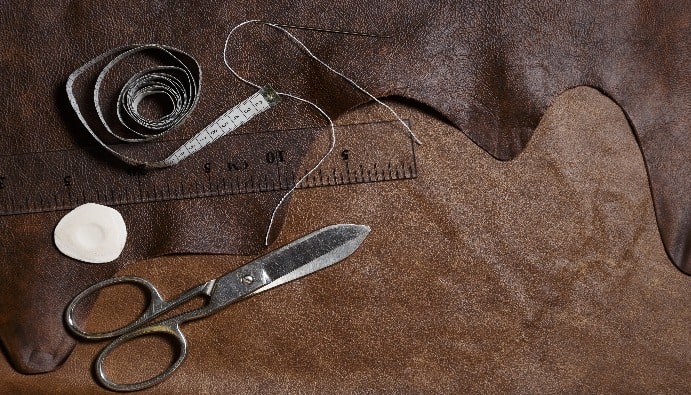
BLOG
KATEGORİDEKİ DİĞER YAZILAR

Synthetic leather is a synthetic material used as an alternative to natural leather and is widely used in many industries such as textiles, automotive, fashion and furniture. Faux leather offers both aesthetic and practical advantages, but it must pass some tests in terms of quality and durability. These tests determine whether the product is long-lasting, durable and safe. Faux leather products must be properly tested and made available, because the quality of the material directly affects the impact of the product on the end user.
Artificial leather is usually produced from PVC (Polyvinyl Chloride) or PU (Polyurethane) based materials. Although these materials are similar in appearance and texture to natural leather, the physical and chemical properties of both materials are different. Therefore, separate testing procedures are applied for both types of artificial leather.
The chemical content of artificial leather is one of the factors that affect human health. The chemical content of artificial leather is considered safe as long as it does not contain chemicals that are prohibited under the “REACH Regulation”.
Artificial Leather Tests generally consist of physical and chemical tests.
Artificial leathers must be tested and put into use in accredited laboratories within the scope of the Regulation on Registration, Evaluation, Authorization and Restriction of Chemicals (REACH).
Nanolab Laboratories Group continues to provide services within the scope of Artificial Leather Product Tests. We also provide services in Phthalate Free Studies.
Contact us for more information.
You can follow us on LinkedIn for up-to-date news and shares about our services.
Follow our Instagram account to be informed about our latest blog posts.